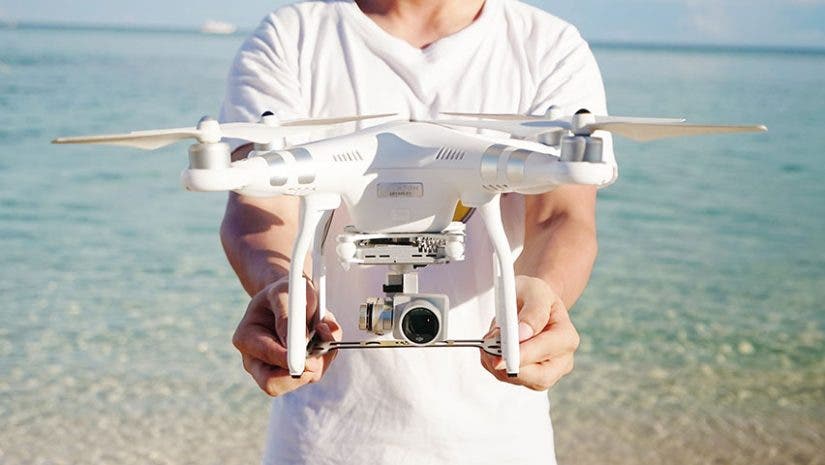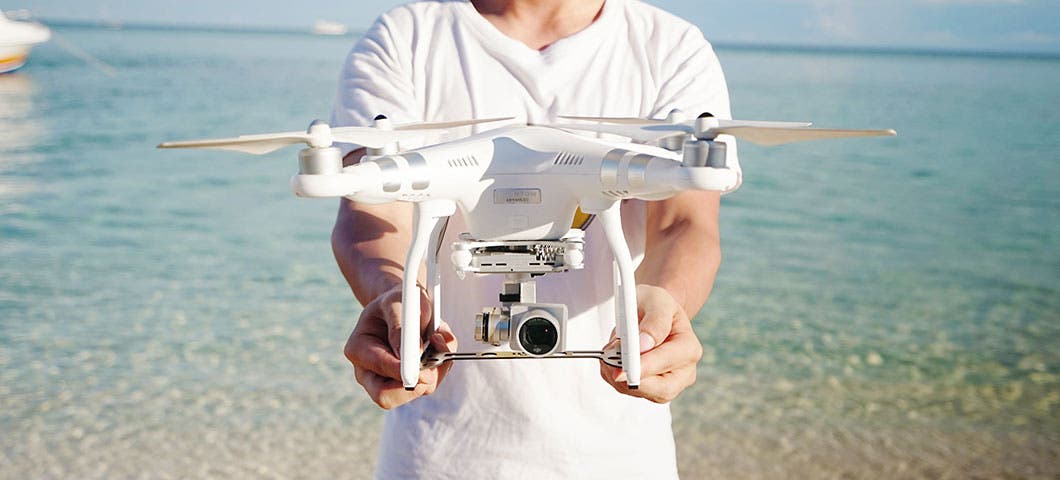How high can you fly your drone? Don’t bother pulling out the specs list — it’s a trick question. Your drone is probably capable of flying a lot higher than you should be flying it. And that was demonstrated very clearly by a video recently released by the University of Dayton Research Institute:
Drone crashes with aircraft
As you can see in the video, the researchers at the University of Dayton launched a DJI Phantom 2 drone at high speed – 238 miles per hour! – against an aircraft wing. This simulated the aircraft – a Mooney M20, a popular 4-seater airplane – crashing into the drone mid-flight. You were able to predict what happens next. The wing was no match for the drone. As you can see in the slo-mo segment of the video, the drone is destroyed on impact, but also destroys the wing.
But according to the researchers, what was even more dangerous than the external damage was the fact that the drone caused internal damage to the main spar of the wing. That means that drone crashes are even more dangerous than birds crashing into an airplane. When birds crash into an airplane they can do significant and dangerous damage to the wing; but that is often external damage, leaving the main structure of the wing intact.
What the FAA has to say
The Federal Aviation Administration (FAA) takes airplane safety very seriously and has made a required registration program for drones, with regulations restricting flying at over 400 feet. Nevertheless, the drones themselves are often capable of flying much higher than that, putting airplanes at risk. (There’s a very clear write-up of the rules for drone flying here.)
One way of mitigating the risk, according to the researchers, is to construct drones to be frangible, meaning that they break up into small pieces easily during a collision. But the most immediate way to prevent any collisions is simple — do not fly drones above the flight ceiling. These rules are here for a very good reason — most importantly, for safety — so let’s get with the program.
Feature photo by Azis Pradana on Unsplash






